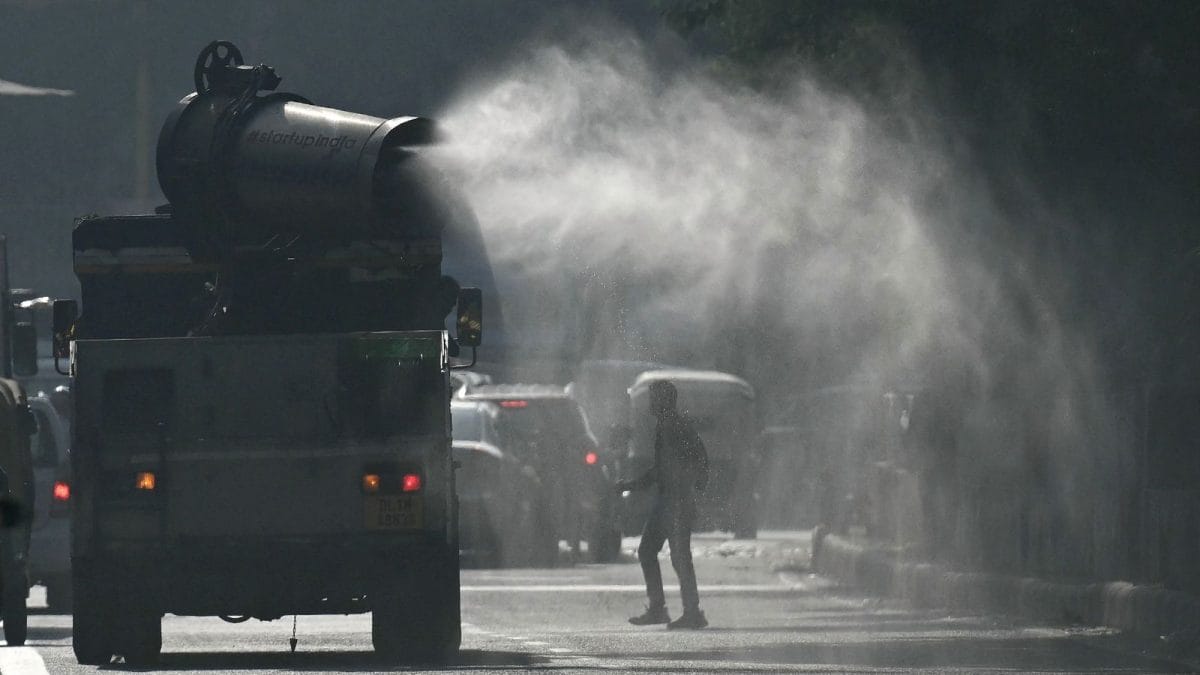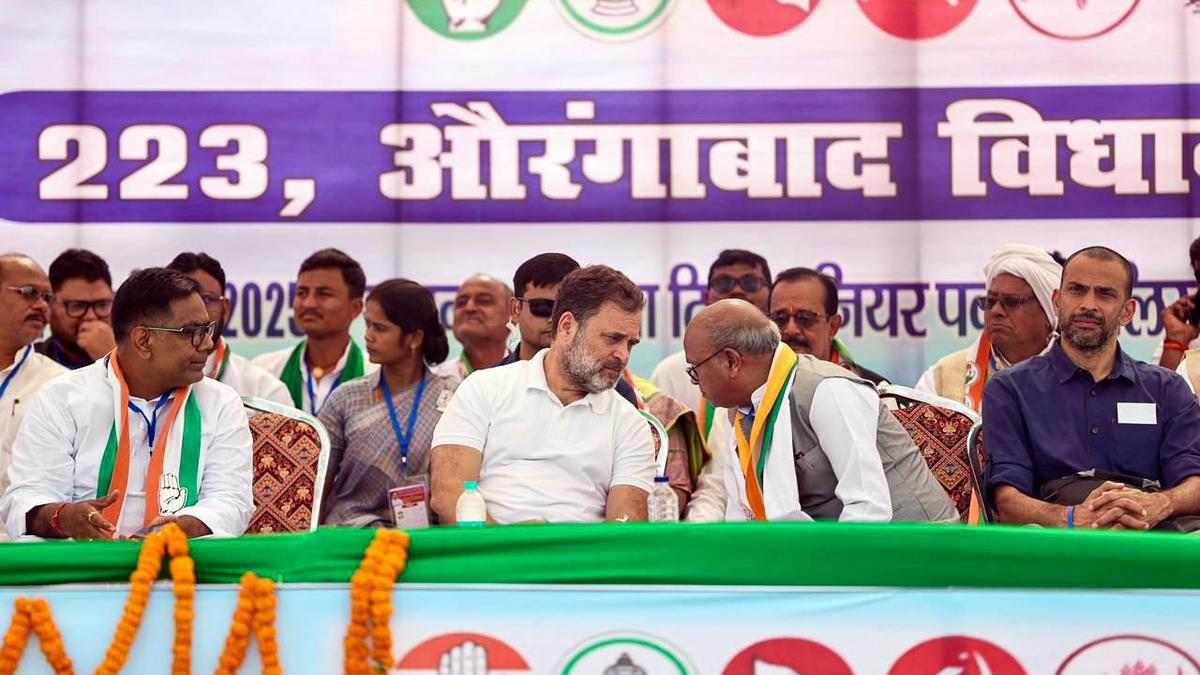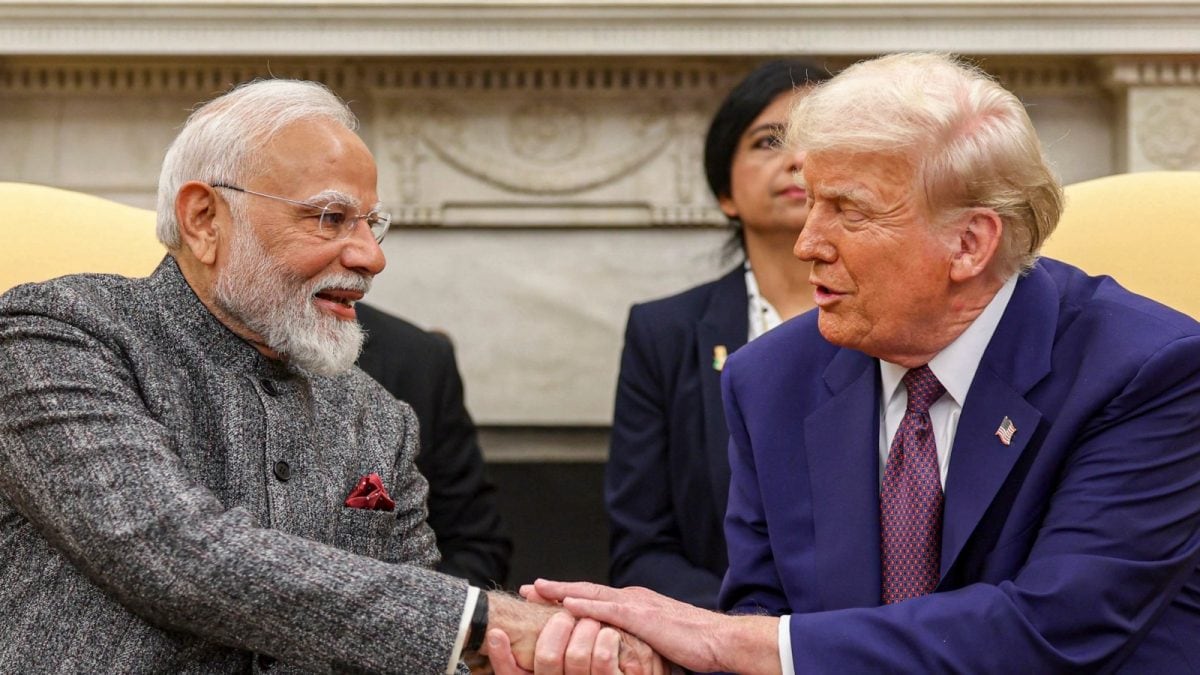On Kutchery Road in Mylapore, where many of the old buildings of Madras have given way to new ones, the past still lingers in quiet corners. Amid this blend of old charm and new structures stands a modest, two-decades-old house that draws quiet attention. A plaque at its entrance reads ‘Santiniketan’. The name recalls an earlier time, and an older house that once stood on the same spot. It was the residence of Justice T. Muthuswamy Iyer (1832-1895), the first Indian to serve as a judge of the Madras High Court during the British period. More than a century ago, Nobel laureate Rabindranath Tagore stayed here during his visit to Madras.
In his book Tagore: Vangathu Meegamanin Vazhkai Chithiram, writer V. B. Ganesan recounts the poet’s visit to the city in 1919. Between the foundation and opening of Visva-Bharati University (1918-1921), Tagore travelled across India, Europe, and the United States to raise funds for his institution. His first fundraising journey took him to the south of India, where he visited Bangalore (now Bengaluru), Mysore (now Mysuru), Madurai, Madras (now Chennai), and Madanapalle.
Taken to ‘Ranganadha Vilas’
According to a report published in The Hindu on March 10, 1919, Tagore arrived in Madras the previous day from Bangalore. He was received at the Central Railway Station by T. S. Ramaswamy Iyer and G. S. Arundale, among others. Amid cheers, he was garlanded and taken to ‘Ranganadha Vilas’ on Cutchery Road (as the street was then spelt), the residence of Justice Muthuswamy Iyer. “The Indian poet of international reputation will reside here during his stay in Madras,” noted the report. That evening, Tagore delivered a lecture on the topic, ‘National Education’, at Gokhale Hall at the Young Men’s Indian Association. “The Hall and the galleries were filled to their utmost capacity,” reported The Hindu the next day.
Everywhere Tagore went, he was greeted with great warmth, particularly by college students. His meetings with young minds filled him with renewed energy and optimism. His speeches, which emphasised the transformative power of education, made a lasting impression on the students who came to listen to him, Mr. Ganesan writes. Following requests from several students, Tagore agreed to extend his stay in Madras for a few more days to deliver a series of lectures. Between March 13 and 16, 1919, he addressed students at Presidency College, Madras Christian College, Pachaiyappa’s College, and Law College. His lectures touched upon subjects such as ‘Folk Religion in India’ and ‘The Message of the Forest’. The lecture series reflected Tagore’s vision for Visva-Bharati and his broader ideals of education and cultural exchange. After he completed his engagements, Tagore’s health declined slightly, and on March 16, 1919, he left for Bangalore to rest. Three days later, a portrait of Tagore was unveiled at the students’ hostel of Madras Christian College. The ceremony was presided over by S. Kasturi Ranga Iyengar, the doyen of Indian journalism and former Editor of The Hindu. Poet and freedom fighter Sarojini Naidu delivered an address celebrating Tagore’s ideals.
Old house rebuilt
The house, opposite the Mylapore Police Station, on Kutchery Road where Tagore once stayed no longer exists. Only the stone plaque bearing the name ‘Santiniketan,’ given to the residence in memory of his visit, remains. In 2005, the house was purchased by S. H. Mohideen and his family from the descendants of Justice Muthuswamy Iyer. The old structure was later rebuilt, but the family chose to retain its historic name.
Speaking to The Hindu, Mr. Mohideen, a travel agent, recalled the old house with emotion. “It had a small front hall where about eight to ten people could be seated and was built with white lime plaster. It is a matter of great pride for our family to be living in the house where Tagore once stayed.” H. Venkatesan, an electrician known among locals as the one who had worked in the old building, remembered its graceful charm. He fondly recalled the mango and guava trees that once shaded its garden.
Though Rabindranath Tagore, fondly remembered as Gurudev, visited Madras on several occasions during his lifetime, including the historic meeting with the grand old man of Tamil literature U. Ve. Swaminatha Iyer in 1926, the small plaque on Kutchery Road stands as a quiet reminder of his first visit to the city.

 1 hour ago
5
1 hour ago
5









 English (US) ·
English (US) ·